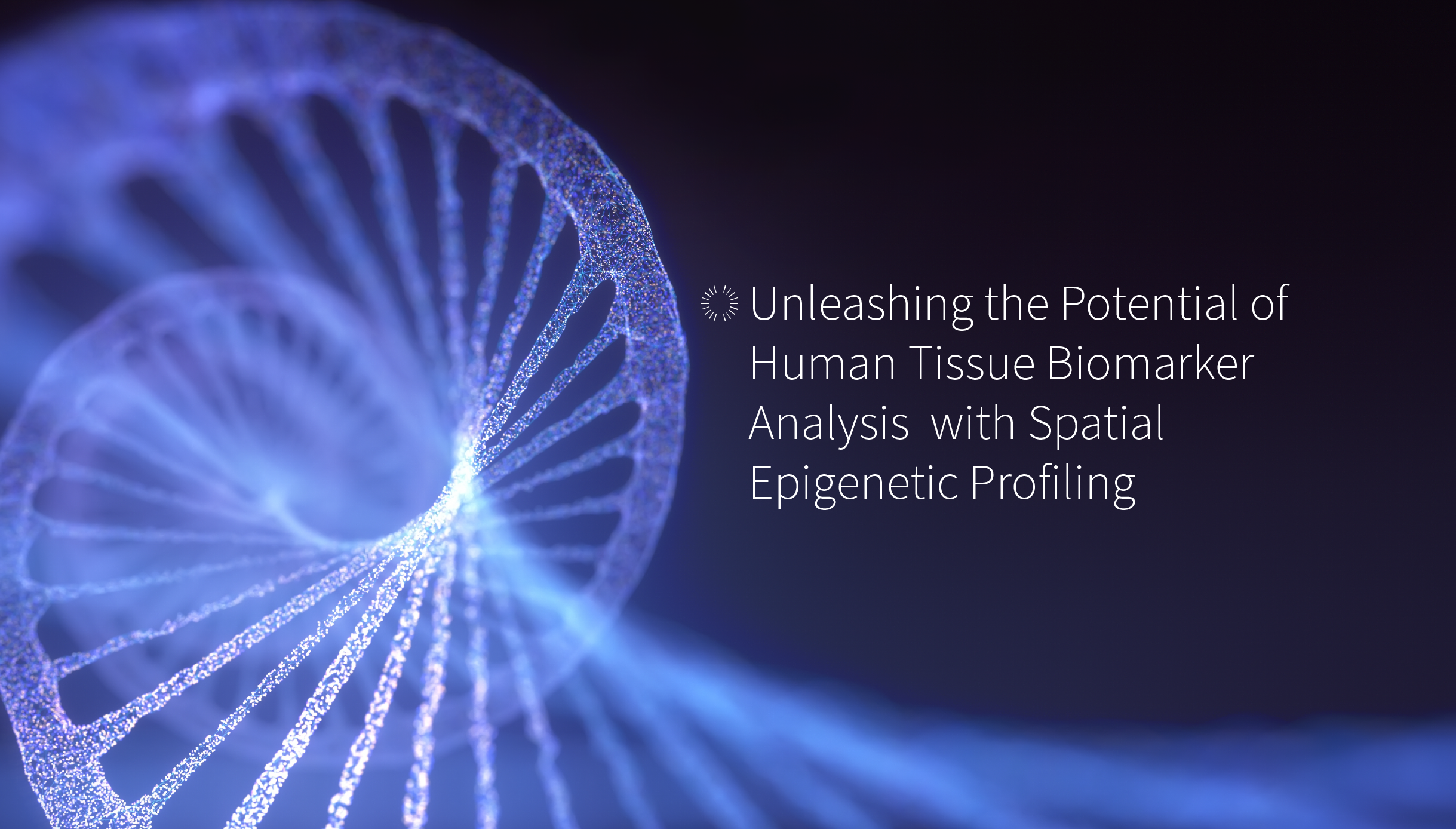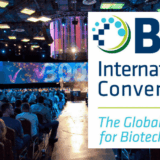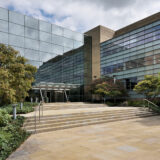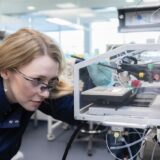What do you do when you’re not working at the Lighthouse Labs?
I’m a final year PhD student at Keele University, based at the Robert Jones and Agnes Hunt Orthopaedic Hospital in Gobowen.
How many years of scientific experience do you have?
4
What is your role in the Lighthouse Lab?
My role is to extract RNA from the samples. The samples are plated and virus inactivated in Workstation 1 before being sent to Workstation 2 for RNA extraction. My role is to prepare enough reagents (wash buffers, ethanol, elution buffer) for the RNA extraction. These solutions are aliquoted into plates using multidrops and loaded into the Kingfisher liquid handler, along with the sample plate, for RNA extraction. The output is the virus RNA in an elution buffer.
What is the key experience you bring to that role?
I have previous experience working in a lab environment which has benefitted me greatly. I understand about health and safety procedures to protect me and my colleagues in the workplace. I’m also used to working efficiently in a busy setting which comes in useful when we have thousands of samples to process in a shift. I have experience in RNA extraction and PCR which we are using in the labs to test the virus.
How is it different to your regular role?
My regular role primarily involves independent research on my PhD project whereas I’m now working as part of a large group. Additionally, the process of RNA extraction at the Lighthouse Labs is mainly performed on automated machines. We don’t have these facilities at my workplace, so my work was previously done manually.
Why did you want to get involved?
I wanted to get involved in COVID-19 testing because I had lab skills that I wasn’t currently using, and I felt that they could easily be applied to this programme. I also understood that there was a great need to increase testing in the UK and wanted to play my part and help with this effort.
What does it mean to you to be involved?
I’m very proud to be involved in the National Testing Programme. I recognise that it is necessary to test as many people as possible to help fight this pandemic and I’m happy to play a part. In all, I find my work very meaningful and rewarding.
What is it like working alongside a host of new colleagues from both industry and academia?
I really enjoy this aspect of my job. It is interesting to talk to colleagues from many different backgrounds and to understand what motivated them to apply to be part of COVID-19 testing. I also learned a lot from my colleagues about their careers and research interests. One of the many benefits of the National Testing Programme is that it has brought together people from many different scientific fields to share expertise and work together.
What is the best thing about working in the Lighthouse Lab?
Being part of a large team with the same goal is the best thing about working in the Lighthouse Lab, because we are all working together. There is a sense of achievement amongst the team when we meet our targets. I’m very appreciative that I get to work in a state-of-the-art facility with colleagues that are very friendly and open to helping everyone to ensure that things run smoothly. We have all chosen to be there and take pride that we are helping out during the coronavirus pandemic so there is a positive atmosphere in the labs.
“I’m very proud to be involved in the National Testing Programme. I recognise that it is necessary to test as many people as possible to help fight this pandemic and I’m happy to play a part.”


















































































































